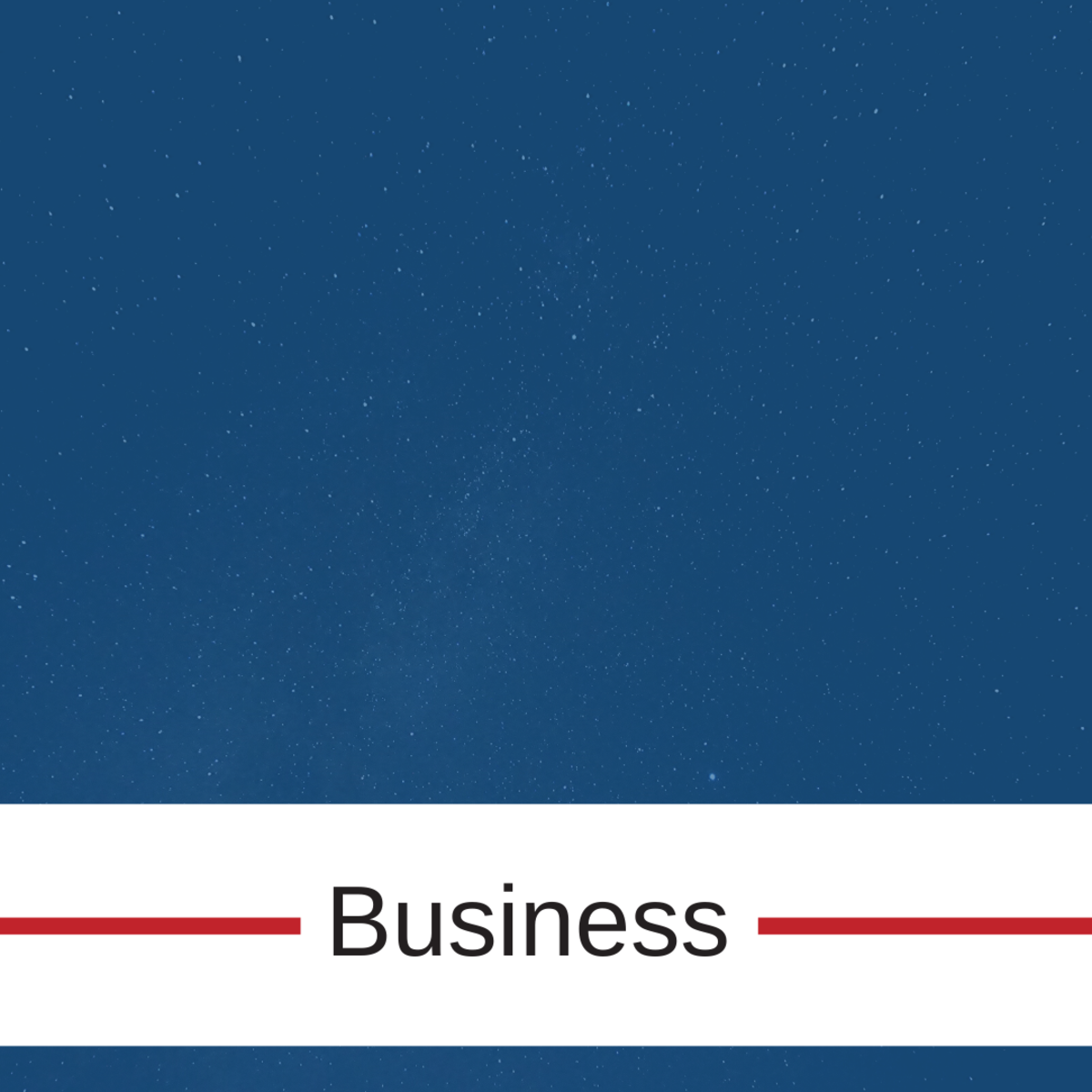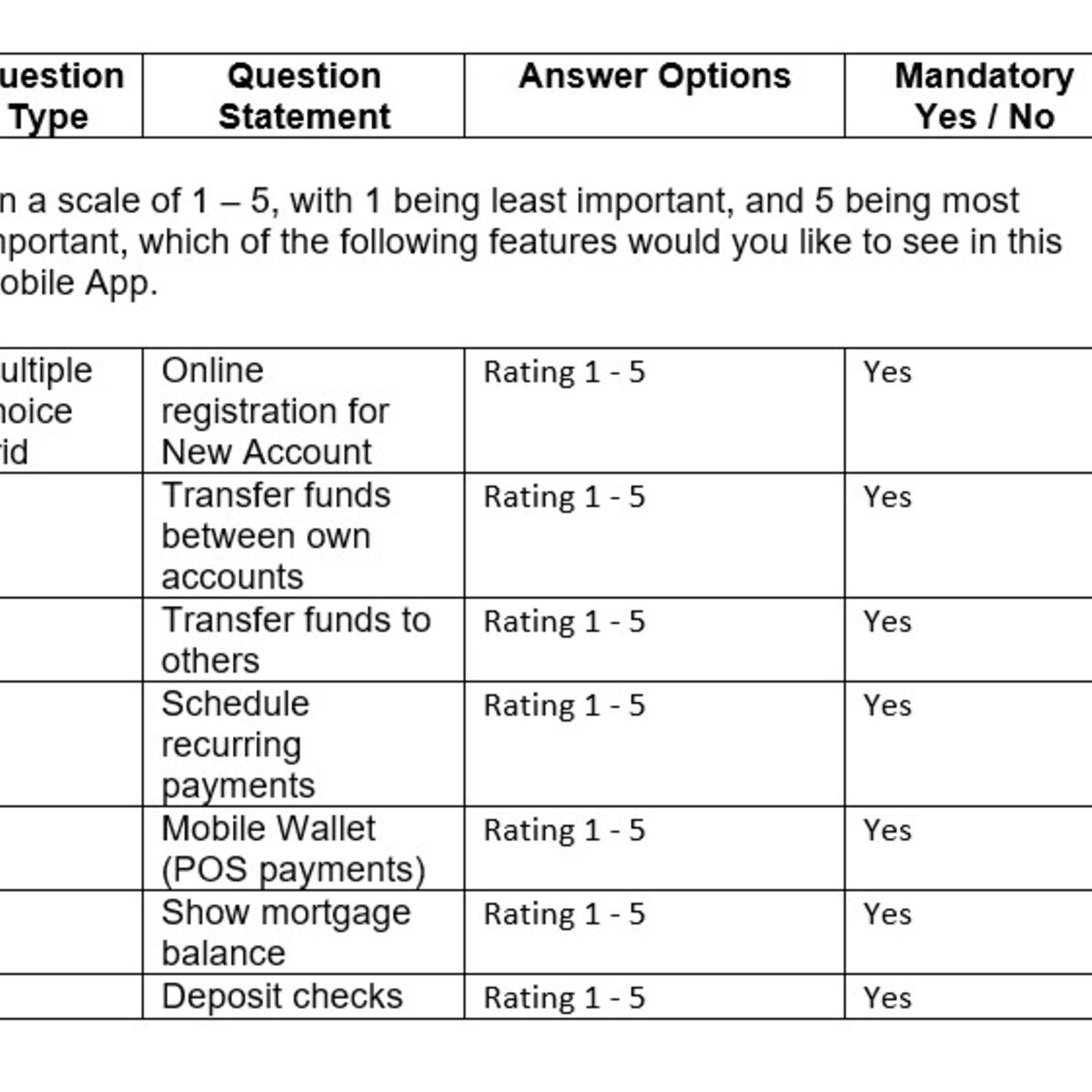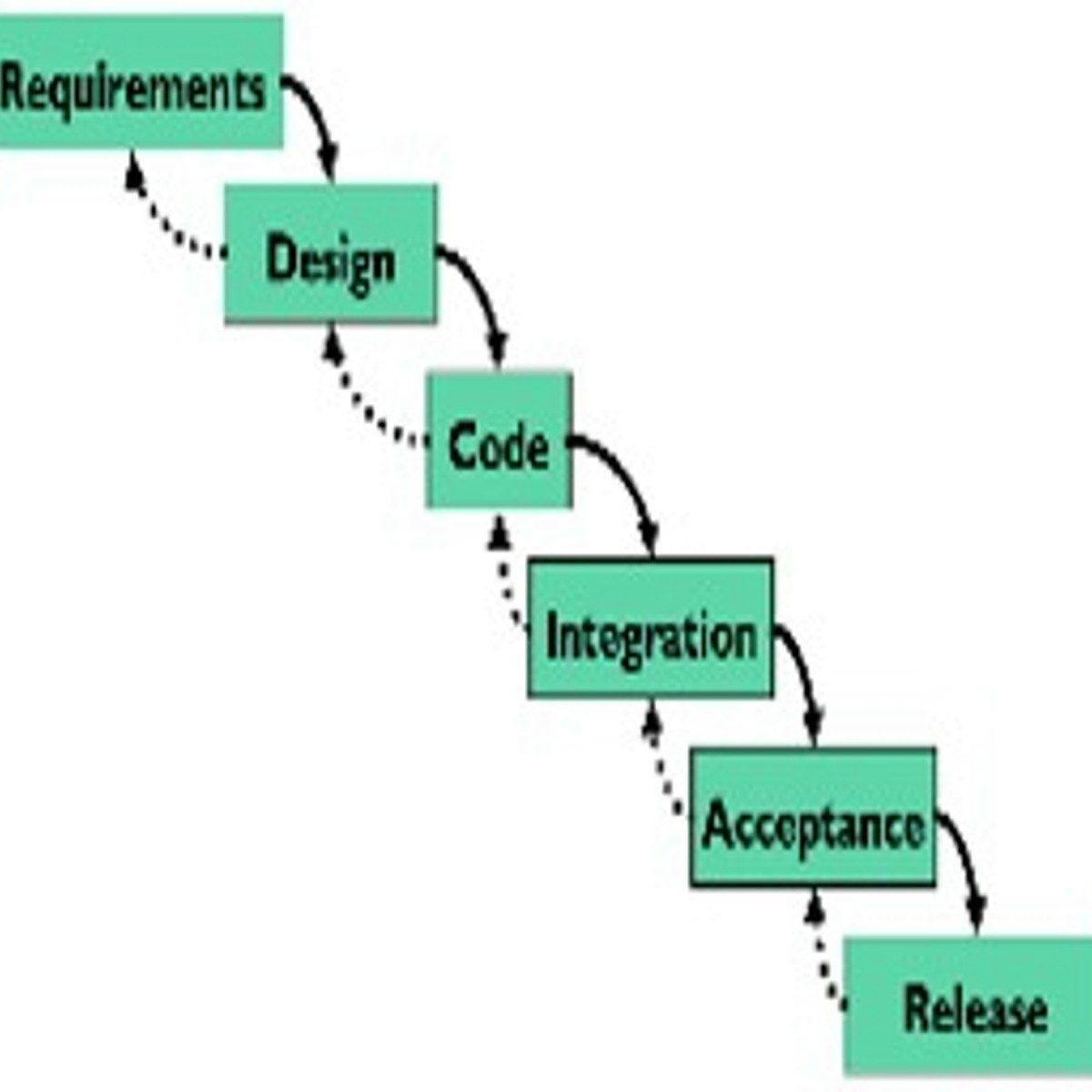Back to Courses









Business Courses - Page 17
Showing results 161-170 of 2058

Introduction to Learning Transfer and Life Long Learning (3L)
Learn how to identify the enablers and barriers to learning transfer. Use your own experience to categorise the processes and activities involved in learning and transferring that learning into practice. There are many criteria against which the success of training and development activities can be judged. One of the most important, however, is learning transfer. Ultimately, the success of any given training and/or development program is reflected in whether or not what is learned is applied on the job. Organisations - and indeed trainees themselves - invest large amounts of time, effort, and resources in work-related training and generally expect to see this manifested in some way back in the work setting (e.g. as observable changes to how work is conducted). However, many organisations and their people view the likelihood of transfer of training more in hope than expectation. This course will show you how to approach the goal of improving learning transfer in your organisation.

Key Concepts in Organizational DE&I
Key Concepts in Organizational DE&I is the second course of a four-course series and explores the foundational principles of DE&I and how they often impact decision-making within organizations. While these concepts are common, this course presents them through the unique lens of an equal opportunity professional with experience resolving complaints of discrimination and delivering DE&I programming to influence organizational culture and policy.
By the end of this course, you will able to:
1. Demonstrate the ability to link the foundational principles of DEI (equal opportunity, bias, power, privilege and other key concepts) and use awareness exercises to change behavior within your organization.
2. Identify the difference between ist (such as racist or sexist), phobias (such as Xenophobia), bias, and other forms of discriminatory thinking from discriminatory behavior.
3. Describe ways that you and your employees can use cultural competence as a way to address and limit the impact of bias, prejudice and stereotypes on organizational decision making.
4. Describe the essential elements of systemic discrimination and how different forms of power and privilege must be managed to create inclusive organizations.

Create a Business Marketing Brand Kit Using Canva
By the end of this course, you will create a marketing ready brand kit for a business. You will take a closer look at the free tools provided in Canva in order to create your brand kit. You will be able to incorporate a complete business style guide in order to create brand recognition as part of your multi-media marketing strategy. This course will include step by step guides to building an easily accessible style guide, creating folders for project organization, and building branded templates to add to your brand kit. You’ll have media that is ready for print or posting in your brand kit.
Note: This course works best for learners who are based in the North America region. We’re currently working on providing the same experience in other regions.

The Nuts and Bolts of Public Relations
In this course, you will learn how to create the necessary collateral related to “doing” public relations, including a press release, story pitch, and media contact list. These collateral materials can then be used to tell your company’s story. It’s important that all collateral stay “on message” and communicate a company's mission and core values. Working with journalists and other media professionals can sometimes be challenging, so we’ll talk through some tricks to building these relationships. Lastly, we’ll talk about social media influencers and if working with influencers is the right tactic for your communication goals.

Emotional and Social Intelligence
"We are wired to connect. Neuroscience has discovered that our brains very design makes it sociable, inexorably drawn into an intimate brain to brain linkup whenever we engage with another person." Daniel Goleman – Prologue – Social Intelligence
Emotional and Social Intelligence (ESI) is defined as a set of competencies demonstrating the ability one has to recognize their behaviors, moods, and impulses, and to manage them best according to the situation. This course will give you the tools you need to be emotionally and socially intelligent in your workplace.
Having the ability to master ESI gives employees a distinct advantage in their positions. It allows them to access their emotional center while managing their relationships with their team members. Competencies associated with emotional and social intelligence are often what separates an average performer from a great one. And, unlike our overall intelligence, emotional intelligence can be learned and improved over time.
In this course, we will explain the value of emotional and social intelligence for professional success. We'll assess current emotional and social intelligence skills and you will discover the Foundational 4 Quadrants of Emotional and Social Intelligence (ESI) to understand, use and manage emotions. We will explain how stress can impact application of emotional and social intelligence skills, and reflect upon needed actions to take to create connections and build relationships for greater professional effectiveness.

Using Google Forms to Analyze User Research Data
User Research is at the heart of creating engaging, user friendly, and successful products, services, and designs. By the end of this project, you will learn the fundamentals of user research by designing and creating a survey using Google Forms on new features customers would like to see in a mobile banking app. You will also learn how to gather feedback and organize it into a presentable format.

Supply chain management: Be global
Businesses and their supply chains are facing increasing competition and uncertainty in what is now a truly globalised trade environment. To remain competitive, organisations need to think globally – ensuring supply chains meet customer demands while minimising costs and maximising responsiveness. From a strategic perspective, this involves making important trade-off decisions between cost, quality and flexibility of supply chains. Via structured learning activities (video lectures, quizzes, discussion prompts and written assessments) this course will equip you with the future-focused capabilities needed to design and manage effective, sustainable and efficient global supply chains of tomorrow.

Inspiring and Motivating Individuals
In this course, you will learn how to create a shared vision for your team and effectively communicate it to your teammates. You will also learn how to set effective goals and expectations in a way that best enables your team to attain the shared vision. Finally, you will understand the most important needs and drivers of performance across cultures, and will learn to align rewards with desired behaviors so that your teammates are motivated to attain the team’s objectives.
Motivation represents a crucial challenge for contemporary organizations: A recent Gallup poll revealed that only 13% of workers worldwide exhibit high levels of engagement and motivation. We will show you why these motivation problems are not simply due to a “bad” or “unmotivated” team member. Rather, motivation is very much driven by what work conditions we create for our teammates, how we structure goals and objectives, and how we reward people for the accomplishment of those goals. This course will help you diagnose and solve motivation problems so that you can bring out the best in your people.

Writing Skills for Engineering Leaders
Engineering leaders must write extensively for their jobs, and their writing needs to be professional, reader-focused, and error-free. What leaders write in particular can affect productivity and the bottom line, so the written communication that leaders create must be clear and concise. In this course, you’ll learn essential writing skills that you can apply in your daily activities on the job as an engineering leader. You’ll learn key principles in
• Approaching various engineering genres
• Using the writing process to create quality documents
• Making your writing structured
• Making your writing clear and concise
• Handling style, tone, and voice
Selected materials courtesy of Communication Faculty at Rice University - all rights reserved.

Use a Lean UX Canvas for User Centered Design in Miro
By the end of this project, you will be able to use a Lean UX Canvas for User Centered Design to support efficient experimentation to rapidly deliver improvements in product and process design.
To do this you will gain hands-on experience working in the Miro online visual collaboration platform for teamwork where you will leverage agile principles and the Lean UX Canvas to dissect and solve business problems.
Note: This course works best for learners who are based in the North America region. We’re currently working on providing the same experience in other regions.
Popular Internships and Jobs by Categories
Find Jobs & Internships
Browse
© 2024 BoostGrad | All rights reserved